Buda Castle renovation: the most ornate dome on top of rebuilt building ready – PHOTOS

The Buda Castle District is getting more and more beautiful thanks to the National Hauszmann Programme, a government scheme using taxpayers’ money to reestablish the former glory of Buda’s oldest part. Many parts of the castle district are under renovation or rebuilding, including the Headquarters of the Hungarian Defence Forces (Honvéd Főparancsnokság), which was demolished after WWII.
According to the programme’s official Facebook page, after eight decades, the second largest and most ornate dome of Buda Castle has once again become visible. The dome’s reconstruction of the Headquarters of the Hungarian Defence Forces has been completed. It is one of the most significant and spectacular elements of the building’s restoration. Days ago, all construction scaffolding was removed, allowing visitors to admire the 15-meter-tall and 9-meter-wide roof ornament in its final form. The pinnacle of the dome rises more than 50 meters above the level of the surrounding Dísz Square.
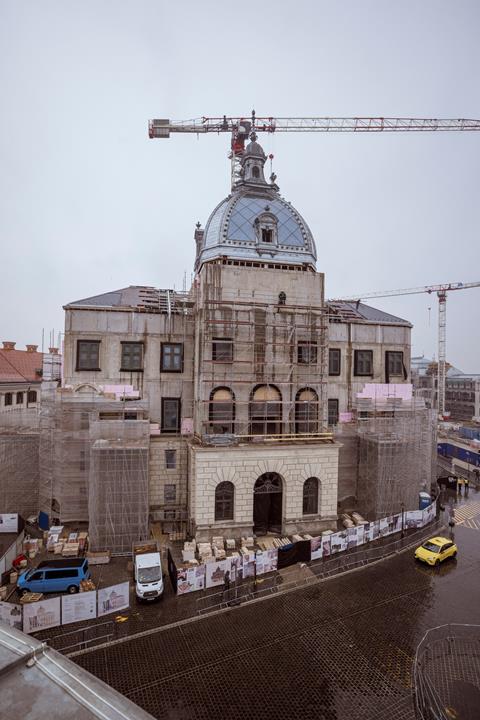
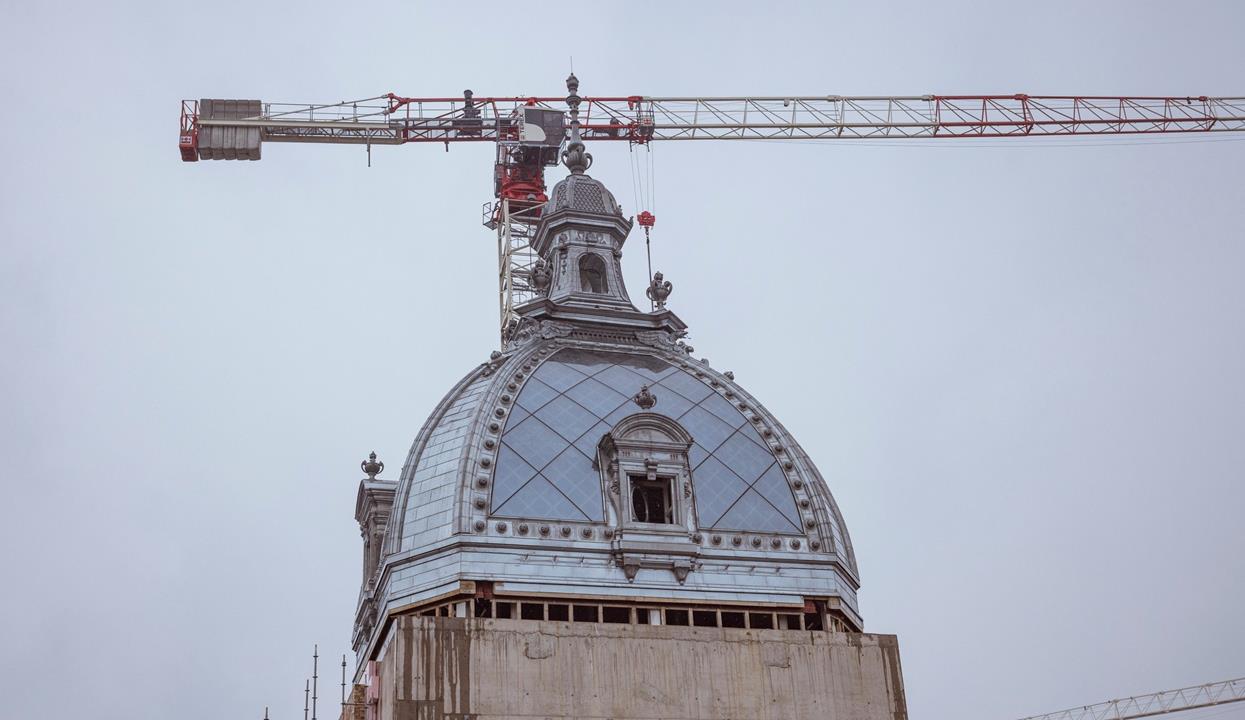
Buda Castle became more beautiful
The decorative zinc sheet metal cladding of the roof ornament is now visible, just like the lantern and finial decorating the top of the dome. Additionally, the four gryphon statues symbolically guarding the building have returned to their final positions. A unique feature of the dome is its diagonally patterned glass surfaces between the supporting arches, which not only provide a striking appearance but also allow visitors to enjoy a breathtaking panoramic view of the castle district from an observation point built inside the dome.
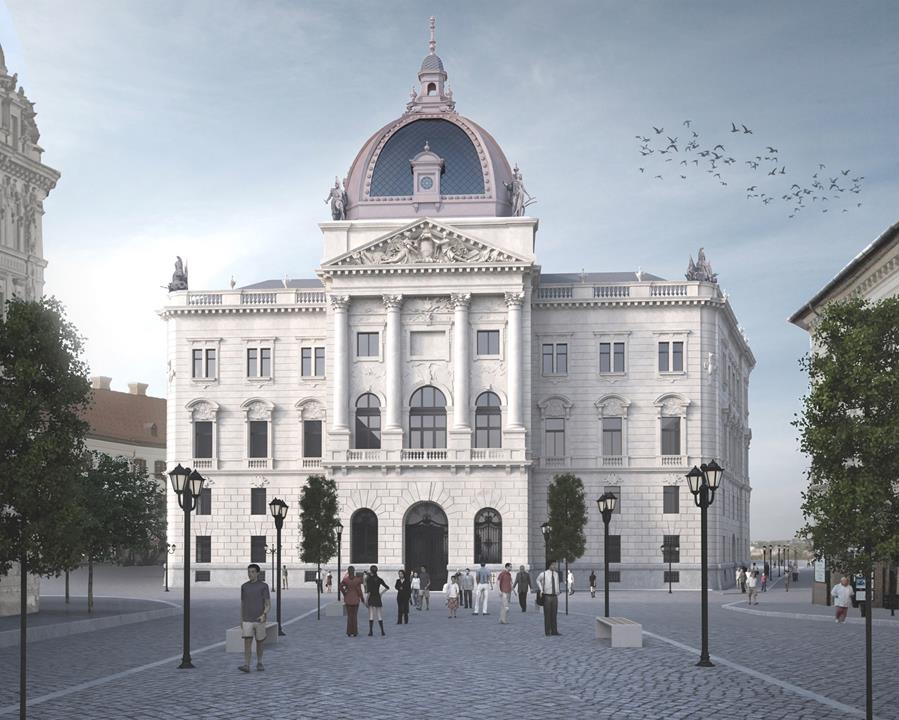
The Headquarters of the Hungarian Defence Forces was designed by Mór Kallina at the end of the 19th century and suffered severe, though not fatal, damages during World War II. Even though the dome remained standing after the war, it was dismantled during the Communist era for ideological reasons since most units of the Hungarian Army participated in the war as an ally of Nazi Germany. After the war, the building was reduced to its first floor. As part of the National Hauszmann Programme, the restored former headquarters will be open to visitors and house the Institute and Museum of Military History.
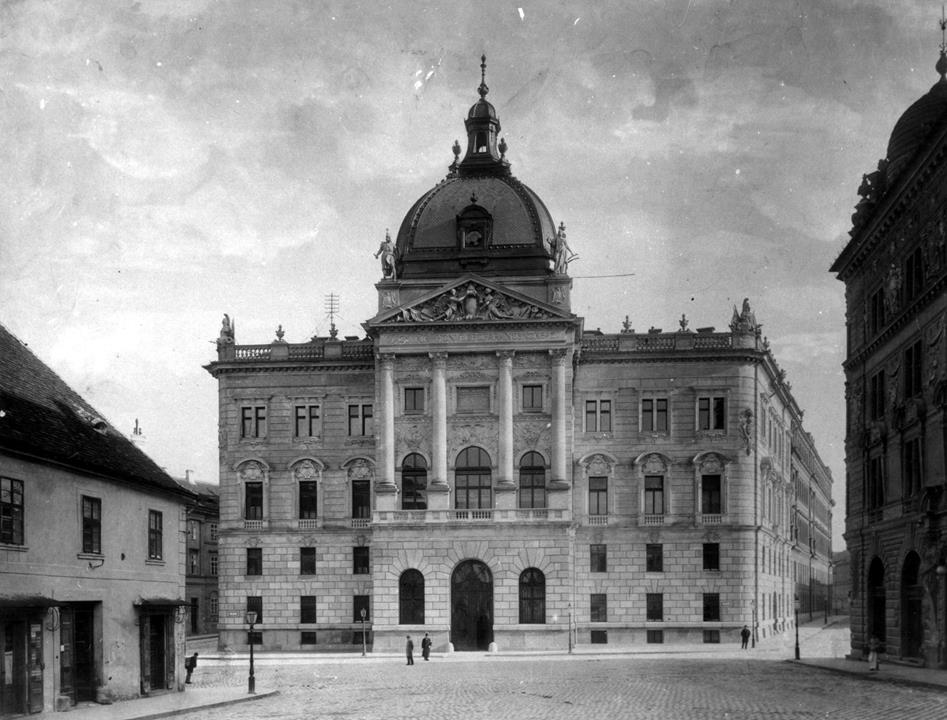
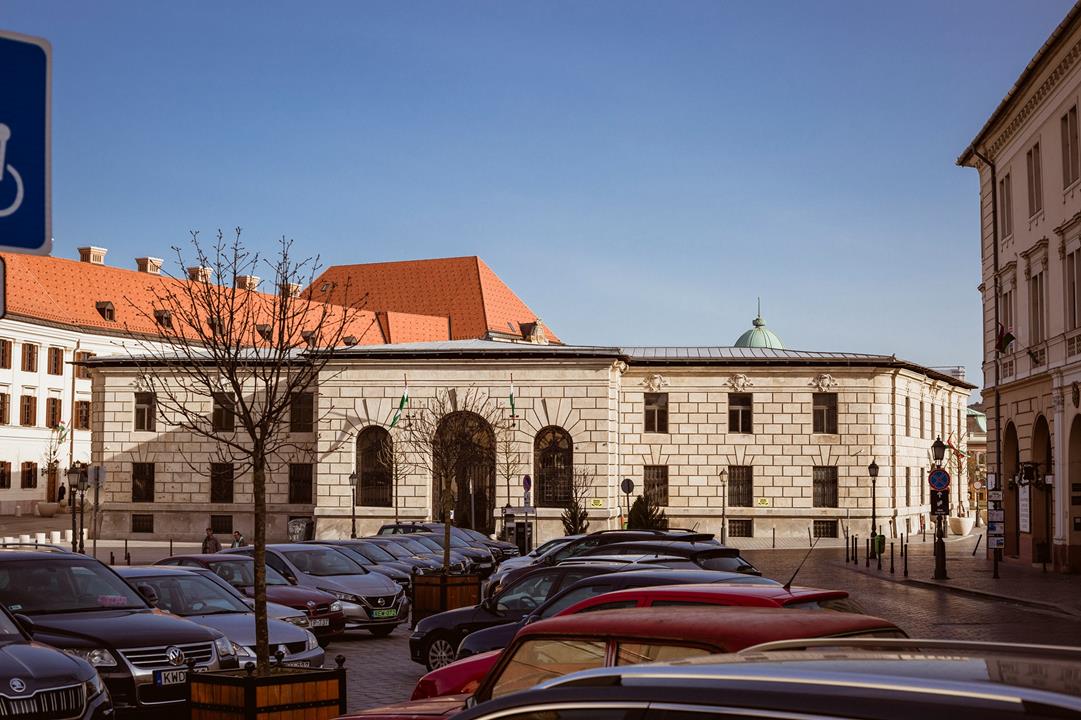
Read also:
- Buda Castle District transformed by National Hauszmann Programme – PHOTOS and details HERE
- 4 astonishing Hungarian castles given to companies, municipal councils and at least 20 more will follow – read more HERE





